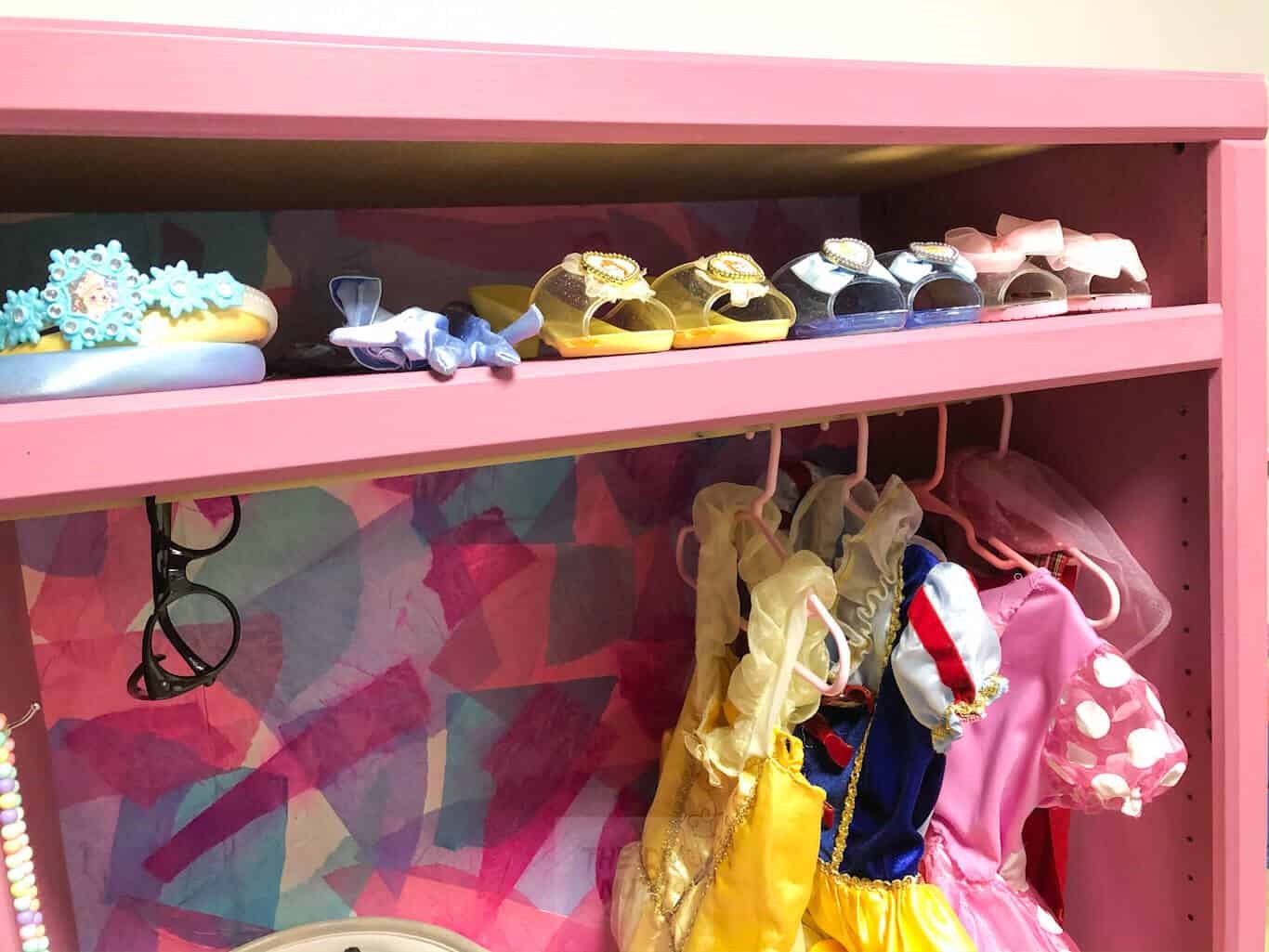

Articles
How To Store Dress Up Clothes
Modified: December 7, 2023
Discover helpful articles on how to store dress up clothes, including tips for organizing costumes and maximizing space in your home.
(Many of the links in this article redirect to a specific reviewed product. Your purchase of these products through affiliate links helps to generate commission for Storables.com, at no extra cost. Learn more)
Introduction
Dress-up clothes play an important role in the imaginative play and development of children. Whether it’s pretending to be a superhero, a princess, or a firefighter, dressing up allows children to explore different roles and express their creativity. However, storing these dress-up clothes can be a challenging task, especially if you want to keep them organized and in good condition for future use.
In this article, we will share some valuable tips on how to store dress-up clothes properly. From proper cleaning and preparation to choosing the right storage containers, folding and organizing the clothes, and caring for delicate items, we will cover everything you need to know to keep your dress-up clothes in excellent shape.
So, let’s dive in and discover the best practices for storing dress-up clothes effectively!
Key Takeaways:
- Spark creativity and preserve dress-up clothes by cleaning, folding, and storing them properly. Choose the right containers, organize with dividers, and protect delicate items to ensure long-lasting enjoyment for your little ones.
- Create a captivating dress-up area, rotate the collection, and involve children in themed playdates to keep the experience dynamic and engaging. Encourage storytelling and upcycling to foster imagination and creativity.
Read more: How To Store Dresses
Proper Cleaning and Preparation for Storage
Before you start packing away your dress-up clothes, it’s crucial to ensure that they are clean and ready for storage. Proper cleaning and preparation will help prevent stains, odors, and damage that can occur when garments are left unattended for a long period.
Start by checking each dress-up item for any stains or spills. Treat any noticeable stains using appropriate stain removal techniques. For machine-washable clothes, follow the instructions on the garment’s care label and wash them before storage. Use gentle detergent and a delicate cycle to avoid damaging the clothes. Avoid using bleach on colorful or delicate items, as it can cause fading or discoloration.
For non-machine washable clothes or costumes with beading, sequins, or other delicate embellishments, it’s best to spot clean them instead. Use a mild detergent diluted with water and a soft cloth to gently clean the surface. Be cautious not to rub or scrub too hard, as it may cause damage.
After cleaning, ensure that all the dress-up clothes are completely dry before storing them. Hanging the clothes on a clothesline or using a drying rack is an excellent way to speed up the drying process. Avoid storing damp clothes, as they can develop mold or mildew, which can be detrimental to the fabrics.
If you notice any missing buttons, loose threads, or small tears, make the necessary repairs before storing the clothes. Repairing the items now will prevent further damage and extend their lifespan.
Once the dress-up clothes are clean and in good condition, it’s time to prepare them for storage. Gently fold the clothes, paying attention to the delicate areas and any unique shapes or structures, such as capes or wings. Avoid tight folding that can leave creases or strain the fabric. If the clothes have padding or stuffing, make sure it’s evenly distributed to maintain the shape.
It’s also helpful to use acid-free tissue paper or clean white cotton sheets to place between the folds of delicate garments. This will provide extra protection and prevent any color transfer between different fabrics or embellishments.
By properly cleaning and preparing your dress-up clothes for storage, you’re setting a solid foundation for their long-term preservation. Clean, well-maintained garments will be easier to maintain and enjoy for years to come.
Choosing the Right Storage Containers
When it comes to storing dress-up clothes, choosing the right storage containers is essential. The ideal containers will protect the garments from dust, mold, insects, and any other potential damage. Here are some factors to consider when selecting storage containers for your dress-up clothes:
Size and Shape:
Opt for containers that are spacious enough to accommodate the clothes without excessive wrinkling or compression. Consider the dimensions of the largest garments, such as princess dresses or superhero capes, and choose containers with enough width and length to accommodate them comfortably. Additionally, opting for containers with lids that fully seal will add further protection from moisture and pests.
Material:
Choose storage containers made of durable materials, such as plastic or canvas, that can withstand long-term use. Plastic containers offer great protection from moisture and pests, while canvas containers allow for better air circulation and are particularly suitable for costumes made of sensitive fabrics like silk or satin.
Read more: How To Store Dress Pants
Transparency:
Consider opt for storage containers that are transparent or have clear windows so you can easily see the contents without opening them. This will make it easier to locate specific costumes without rummaging through each container and potentially disturbing the folded clothes.
Stackability:
If you have limited storage space, look for containers that are stackable. This will allow you to maximize vertical space and keep your dress-up clothes neatly organized. Choose containers with reinforced corners or handles that can withstand the weight of multiple containers stacked on top of each other.
Accessibility:
Think about how often you’ll access the dress-up clothes. If you need regular access, consider containers with easy-to-open lids or flip-top lids that allow for quick retrieval. On the other hand, if the dress-up clothes are stored for longer periods, you can opt for containers with more secure closures, such as latches or locking mechanisms, to ensure better protection.
Labeling:
To keep your dress-up clothes well-organized, consider labeling each container with its contents. This will make it easier to find specific costumes when needed. Labeling can be done using adhesive labels, masking tape, or even using a label maker for a more professional look.
By considering these factors, you can select the ideal storage containers that will keep your dress-up clothes safe, organized, and easily accessible whenever your little ones are ready for another imaginative adventure.
Read more: How To Store Prom Dresses
Folding and Organizing Dress Up Clothes
Proper folding and organizing of dress-up clothes not only helps maximize storage space but also ensures that the garments remain in good condition and are easily accessible. Here are some tips to effectively fold and organize your dress-up clothes:
Folding Techniques:
For most dress-up clothes, folding is the best method to keep them organized and wrinkle-free. Start by laying the garment flat on a clean, flat surface. Smooth out any wrinkles or creases before proceeding.
For dresses, start by folding the dress in half vertically, matching up the shoulder seams. Fold the dress again in half horizontally, bringing the hemline up to meet the neckline. The result should be a neat, compact fold.
For shirts, fold the sleeves in towards the center, then fold the shirt in half vertically and again horizontally to create a compact square.
For pants or skirts, fold them in half lengthwise, then fold them in half again or roll them up to save space.
Remember to be gentle when folding delicate or embellished garments to avoid damaging them.
Utilize Dividers or Compartments:
Consider using dividers or compartments within your storage containers to keep dress-up clothes separated and organized. This can be done by using cardboard dividers or purchasing storage containers with built-in dividers or compartments. Dividing the clothes by type or theme (e.g., princesses, superheroes, animals) makes it easier to find specific costumes, especially when you have a large dress-up collection.
Categorize and Label:
Take the organization a step further by categorizing your dress-up clothes. This can be done by grouping them based on the type of clothing, such as dresses, shirts, pants, or by theme, such as princesses, superheroes, or occupations. You can use labels, either attached directly to the storage containers or on the dividers, to indicate the contents of each section. This makes it easier for both children and adults to quickly locate the desired costume.
Read more: How To Store Formal Dresses
Consider Hanging Options:
Not all dress-up clothes have to be folded. Some items, like dresses or robes, may be better off hung to maintain their shape and prevent creases. Consider using garment bags or a dedicated dress-up clothes rack to hang these items. Make sure to choose a sturdy and reliable hanger that can support the weight of the garments without causing damage.
Maximize Vertical Space:
If you have limited storage space, think vertically. Utilize storage solutions that hang from the back of doors or install hooks on the walls to hang containers or bags. This way, you can make the most of the available space while keeping the dress-up clothes easily accessible.
By following these tips, you can ensure that your dress-up clothes are neatly folded, organized, and readily available whenever your little ones are ready for a new adventure. Proper organization also makes it easier for both children and adults to maintain the dress-up area and return the clothes to their designated storage spots.
Protectors and Hangers for Delicate Items
Delicate dress-up items, such as costumes with intricate beading, feathers, or fragile fabrics, require extra care and protection to maintain their beauty and prevent damage. Here are some tips to protect and store delicate dress-up clothes:
Garment Bags:
Invest in garment bags made of breathable fabrics, like cotton or muslin, to provide a protective barrier for delicate costumes. Garment bags help shield the garments from dust, sunlight, and potential snags or tears. Avoid using plastic garment bags, as they can trap moisture and cause mildew or mold growth.
When placing delicate items into garment bags, make sure they are clean and completely dry. Fasten any zippers or buttons to prevent them from catching on the fabric. Hang the garment on a sturdy hanger inside the garment bag, ensuring that it has enough space to hang freely without wrinkling or folding.
Read more: How To Store Wedding Dress
Padded Hangers:
For costumes with delicate fabrics or straps, consider using padded hangers. Padded hangers provide extra cushioning and prevent the garments from slipping off or developing unwanted creases. Look for padded hangers made of non-slip materials, such as satin or velvet, to ensure the costume stays in place on the hanger.
Stuffing and Support:
For costumes with unique shapes or structures, such as wings or headpieces, use stuffing or support to maintain their shape during storage. Fill the wings or headpieces with acid-free tissue paper or clean cotton cloth to prevent them from collapsing or losing their form. This will ensure that they are ready for use when the dress-up time comes around again.
Separate Storage:
If you have a large collection of delicate dress-up items, consider storing them separately from other costumes. This will minimize the risk of accidental damage from costumes with zippers, Velcro, or rough textures that could snag or tear delicate fabrics. Keep them in a designated storage area or drawer to ensure easy access and maintain their pristine condition.
Temperature and Humidity Control:
Extreme temperatures and high humidity can be detrimental to delicate fabrics, causing them to deteriorate or develop mold and mildew. Store your delicate dress-up items in a cool, dry place, away from direct sunlight and any potential sources of moisture. Avoid storing them in attics, basements, or garages, as these areas are prone to temperature fluctuations and moisture accumulation.
By using garment bags, padded hangers, and providing proper support, you can protect your delicate dress-up items from damage and ensure they remain in excellent condition for future use. Remember to store them in a controlled environment to maintain their quality over time.
Read more: How To Store Dress Shirts
Creating a Dedicated Dress Up Area
A dedicated dress-up area not only keeps your dress-up clothes organized but also creates a designated space for imaginative play and creativity. Here are some tips for creating a fun and functional dress-up area:
Selecting the Space:
Choose a suitable location for the dress-up area, preferably a well-lit and spacious room or corner. Consider the available space in your home and select an area that can accommodate clothing racks, storage containers, and a mirror to complete the dress-up experience. Ensure the area is easily accessible for your little ones to independently choose and return the dress-up clothes.
Invest in storage solutions that cater to the specific needs of dress-up clothes. Incorporate storage containers with dividers or compartments to keep different costumes organized. Consider open shelving units or cubbies that make it easy for children to see and select the clothes they want to wear. Utilize bins or baskets for accessories such as hats, wigs, and props.
Displaying the dress-up clothes in an appealing manner can make the area more inviting and encourage creativity. Hang costumes on clothing racks or hooks so children can easily see and select the outfits they want to wear. Use a variety of hangers to accommodate different types of clothing, such as regular hangers for dresses and pants, and clips for skirts or capes.
Incorporate a full-length mirror into the dress-up area to allow children to see themselves in their costumes. This not only enhances their play experience but also helps develop their self-expression and confidence.
Add themed decorations, such as colorful curtains, posters, or wall decals, to enhance the dress-up area’s aesthetics and make it more engaging. Consider incorporating a small stage or backdrop to ignite children’s creativity during their imaginative adventures.
Read more: How To Store Long Dresses
Add seating options, such as small chairs or bean bags, where children can sit and dress up comfortably. Include a trunk or box with various props, like crowns, masks, or pretend weapons, to further enhance their imaginative play experience.
Read more: How To Store Long Dresses
Establish a routine of regularly returning dress-up clothes to their designated storage spots. Teach children the importance of maintaining organization and tidiness in the dress-up area. Encourage them to participate in cleaning up after play and emphasize the fun they can have in dressing up and creating new stories with their costumes.
By creating a dedicated dress-up area, you provide a stimulating environment where children can unleash their creativity and imagination. A well-organized and visually appealing space not only adds to their play experience but also fosters independence and responsibility in taking care of their dress-up clothes.
Rotating and Refreshing the Dress Up Collection
To keep the dress-up experience fresh and exciting, it’s important to periodically rotate and refresh your dress-up collection. Here are some tips on how to effectively manage and update your dress-up clothes:
Seasonal Rotation:
Consider rotating dress-up clothes based on the seasons or holidays. For example, during Halloween, you can bring out costumes specifically related to the holiday, such as witches, ghosts, or pumpkins. During the summer, incorporate lighter outfits like princess dresses or superhero capes for outdoor adventures. By rotating the collection, you offer a sense of novelty and ensure that the dress-up clothes are seasonally appropriate.
To spark the imagination and creativity of children, consider rotating dress-up clothes based on different themes, such as occupations (doctor, firefighter, chef), fantasy characters (fairies, pirates, knights), or historical figures. Each theme provides a unique play experience and allows children to dive into different worlds and scenarios. Keep the dress-up clothes organized by themes to make it easier for children to select the costumes they want for their imaginative play.
Regularly assess the dress-up collection and determine if there are items that are no longer used or no longer in good condition. Consider donating gently used costumes to local charities, schools, or community centers. Make sure to thoroughly clean and prepare the clothes before donating to ensure they are in their best condition for the next child to enjoy.
Read more: How To Store A Wedding Dress
Add a touch of creativity by engaging in upcycling or do-it-yourself (DIY) projects with dress-up clothes. Transform old or outdated costumes into new creations by adding embellishments, altering the design, or repurposing certain pieces. This not only extends the lifespan of the dress-up clothes but also encourages children to participate in the process and exercise their creativity.
Read more: How To Store A Wedding Dress
Incorporate storytelling and themed playdates to enhance the dress-up experience. Encourage children to create narratives and roles around the costumes they’re wearing. This not only helps develop their story-building skills but also keeps their imagination active and engaged. Organize dress-up playdates with friends or family members and set a specific theme or scenario for everyone to participate in.
Stay updated on current trends, movies, and popular characters that children are interested in. Incorporate dress-up clothes relevant to those trends to keep the collection exciting and relevant. Characters from beloved movies or TV shows often inspire children’s play, so being aware of their interests can enhance their play experience.
By rotating and refreshing your dress-up collection, you keep the play experience dynamic and engaging for children. This allows them to explore different characters, themes, and scenarios, fostering their imagination and creativity in the process.
Conclusion
Storing dress-up clothes in an organized and efficient manner is essential for preserving their quality and ensuring maximum enjoyment for your little ones. By following the tips and techniques outlined in this article, you can create a well-maintained dress-up collection that sparks imaginative play and creativity.
Proper cleaning and preparation before storage is crucial to prevent stains, odors, and damage. Choosing the right storage containers, such as size-appropriate containers made of durable materials, helps protect the clothes from dust, insects, and moisture.
Folding and organizing the dress-up clothes correctly, using dividers or compartments, and labeling the containers help maintain order and make it easier to find specific costumes. For delicate items, using garment bags, padded hangers, and providing proper support ensures they are protected and remain in excellent condition.
Creating a dedicated dress-up area with suitable storage solutions, seating, mirrors, and themed decor adds to the play experience and encourages imaginative adventures. Rotating and refreshing the dress-up collection based on season, themes, or trends keeps the playtime exciting and relevant.
Remember to involve your children in the process, teaching them how to care for their dress-up clothes and clean up after playtime. Encourage their creativity by incorporating storytelling and themed playdates.
By implementing these strategies, you can create a captivating dress-up experience that nurtures your children’s imagination, promotes independent play, and ensures the longevity of their beloved dress-up clothes. So, start organizing, refreshing, and let the imaginative adventures begin!
Frequently Asked Questions about How To Store Dress Up Clothes
Was this page helpful?
At Storables.com, we guarantee accurate and reliable information. Our content, validated by Expert Board Contributors, is crafted following stringent Editorial Policies. We're committed to providing you with well-researched, expert-backed insights for all your informational needs.
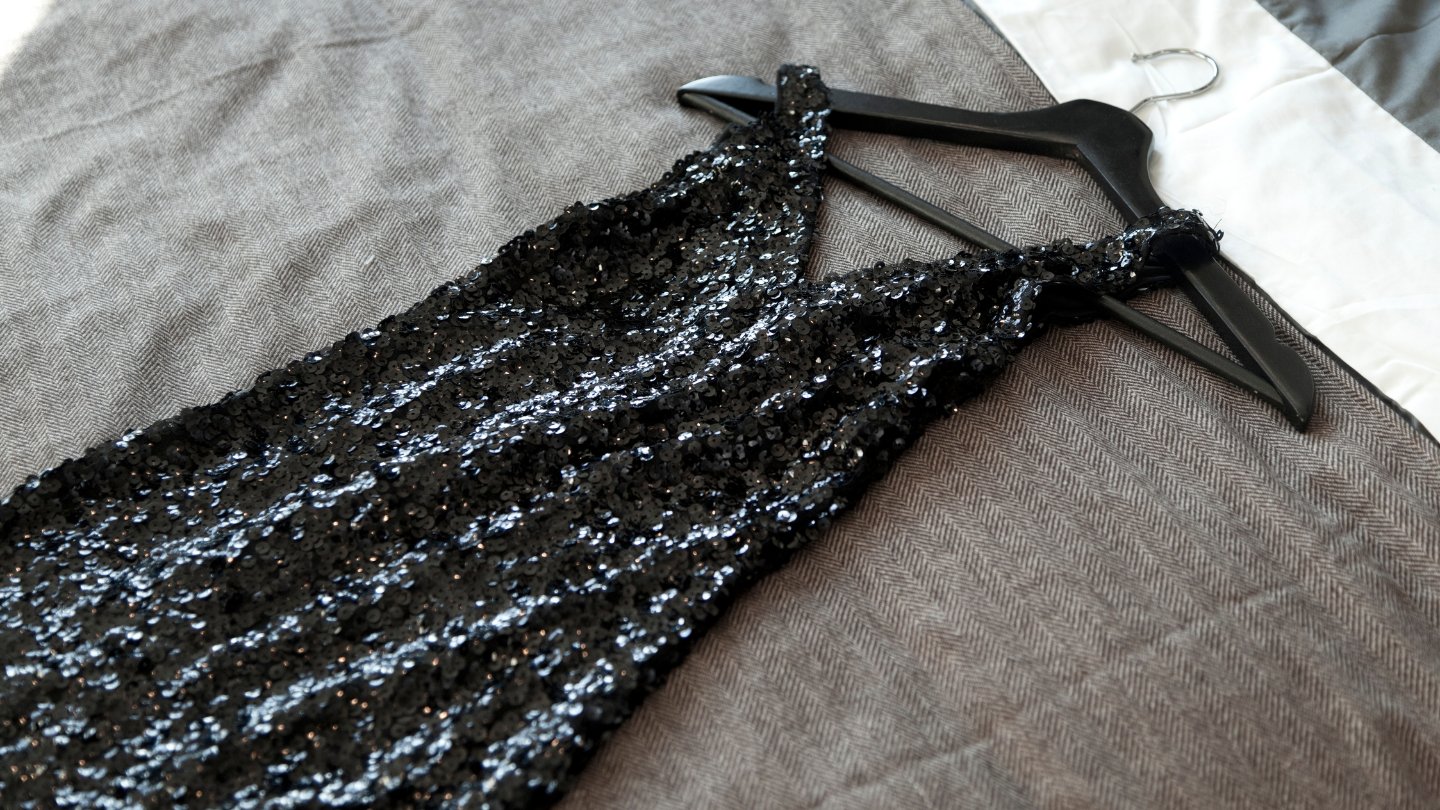
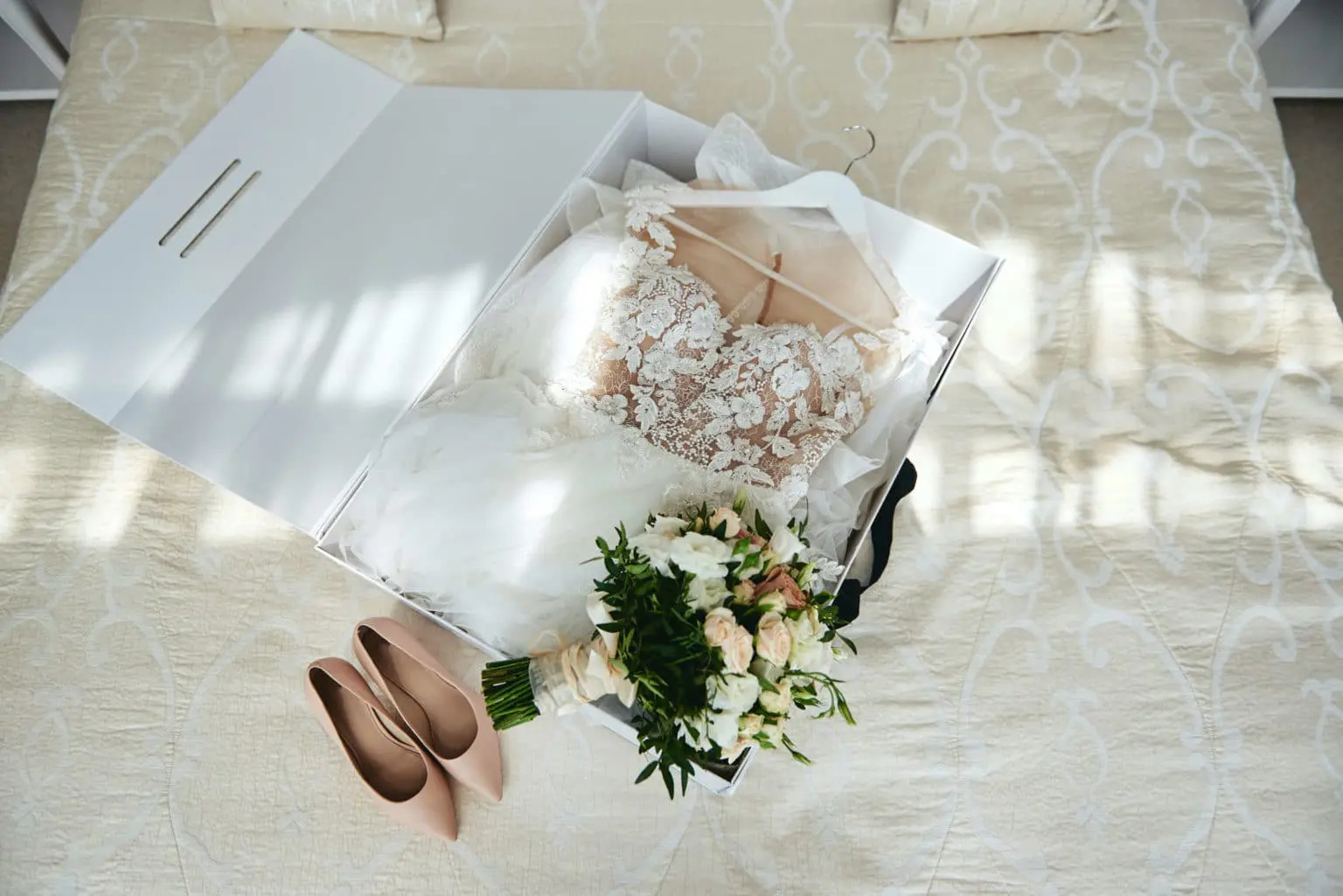

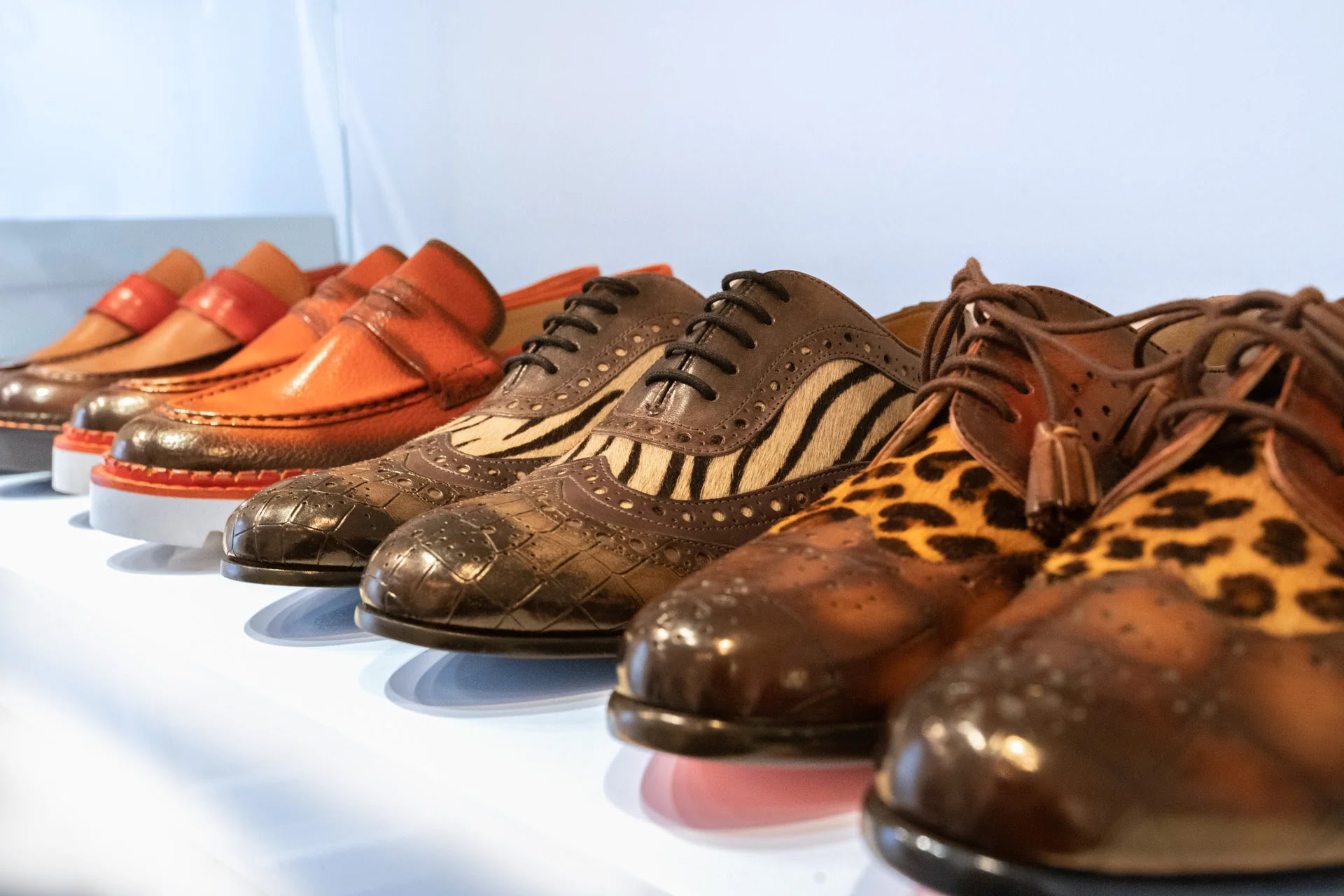
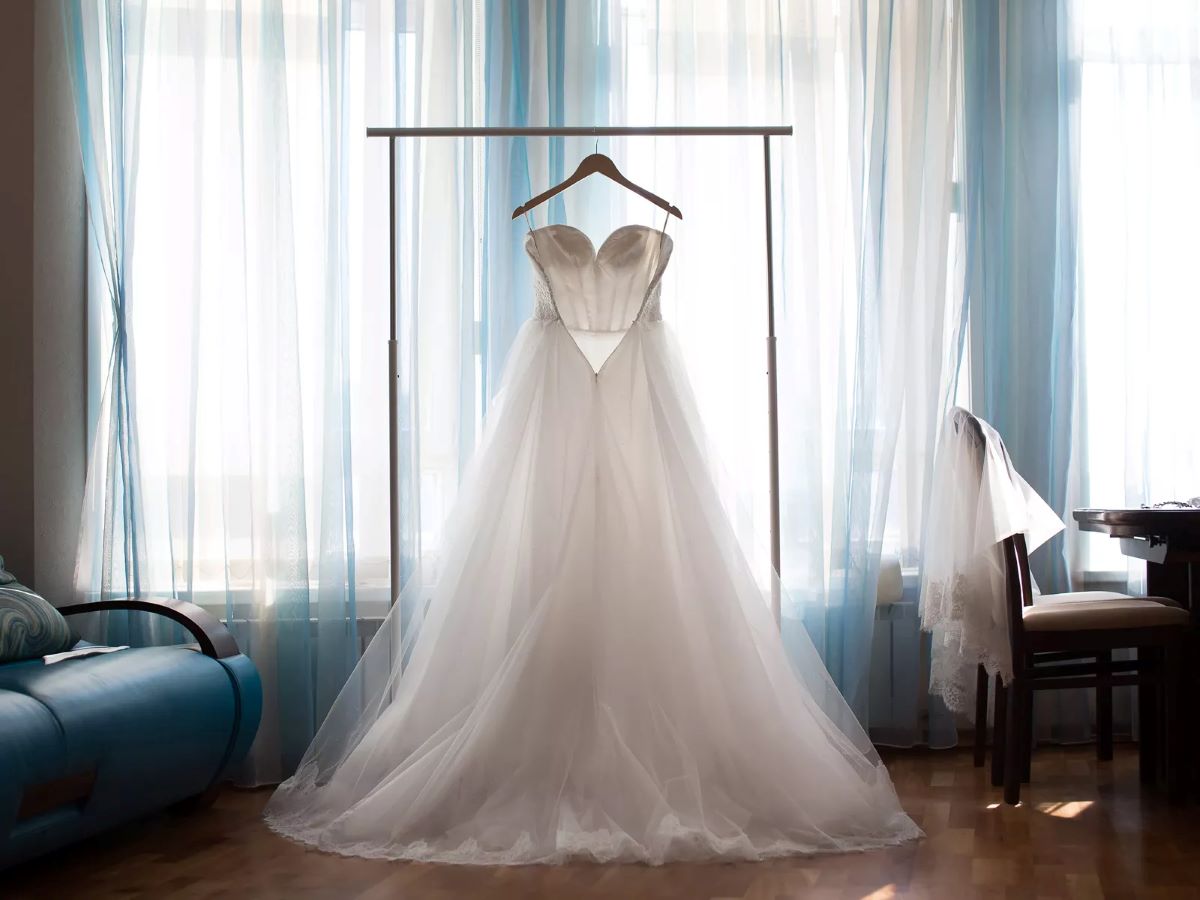
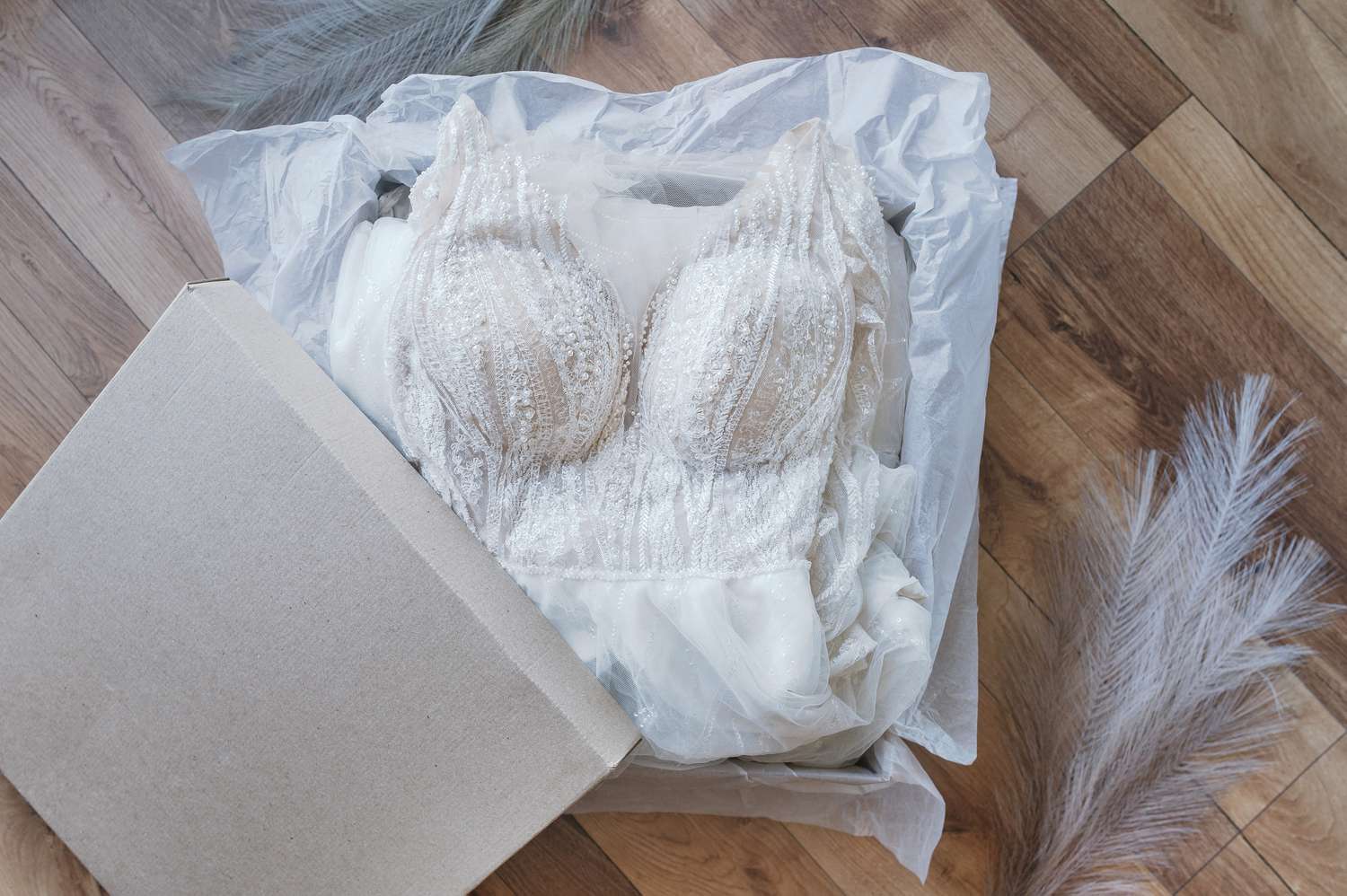
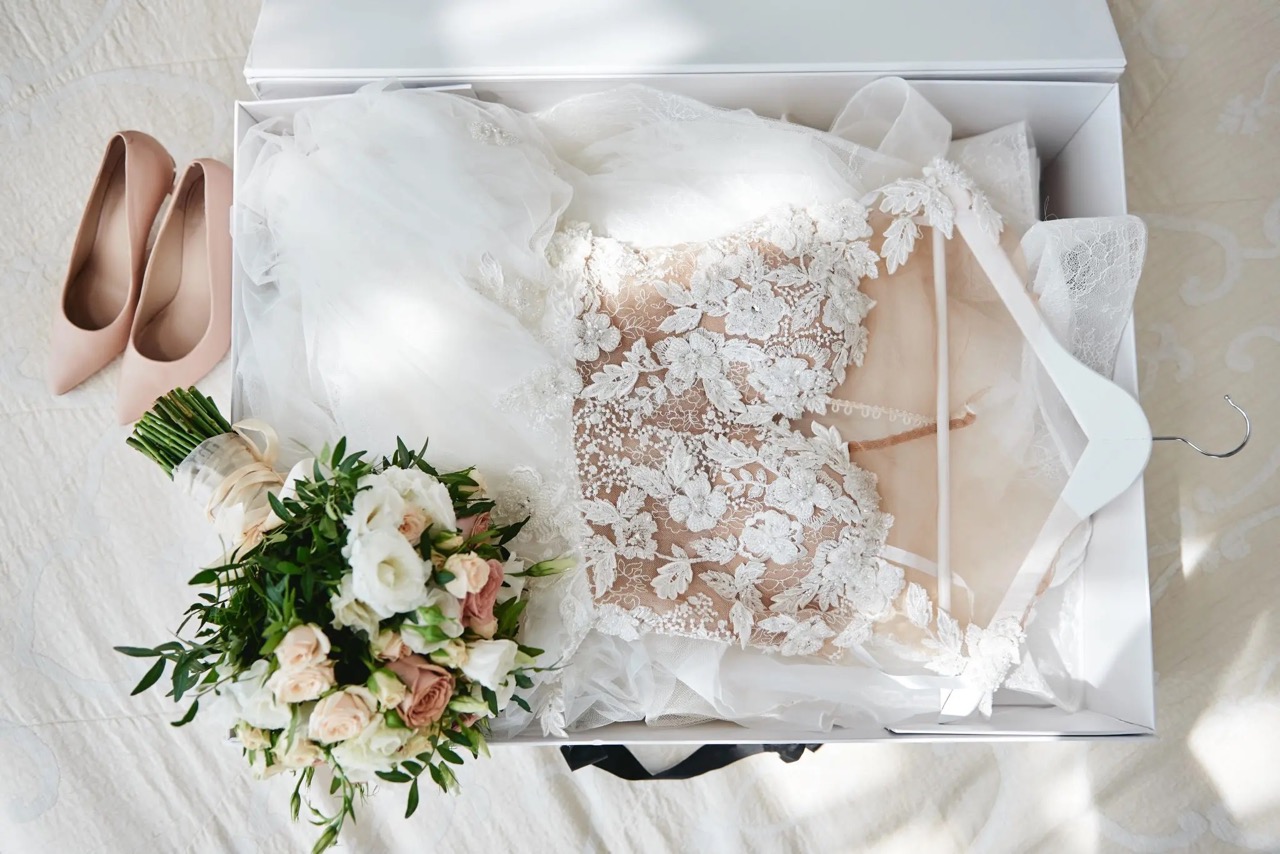
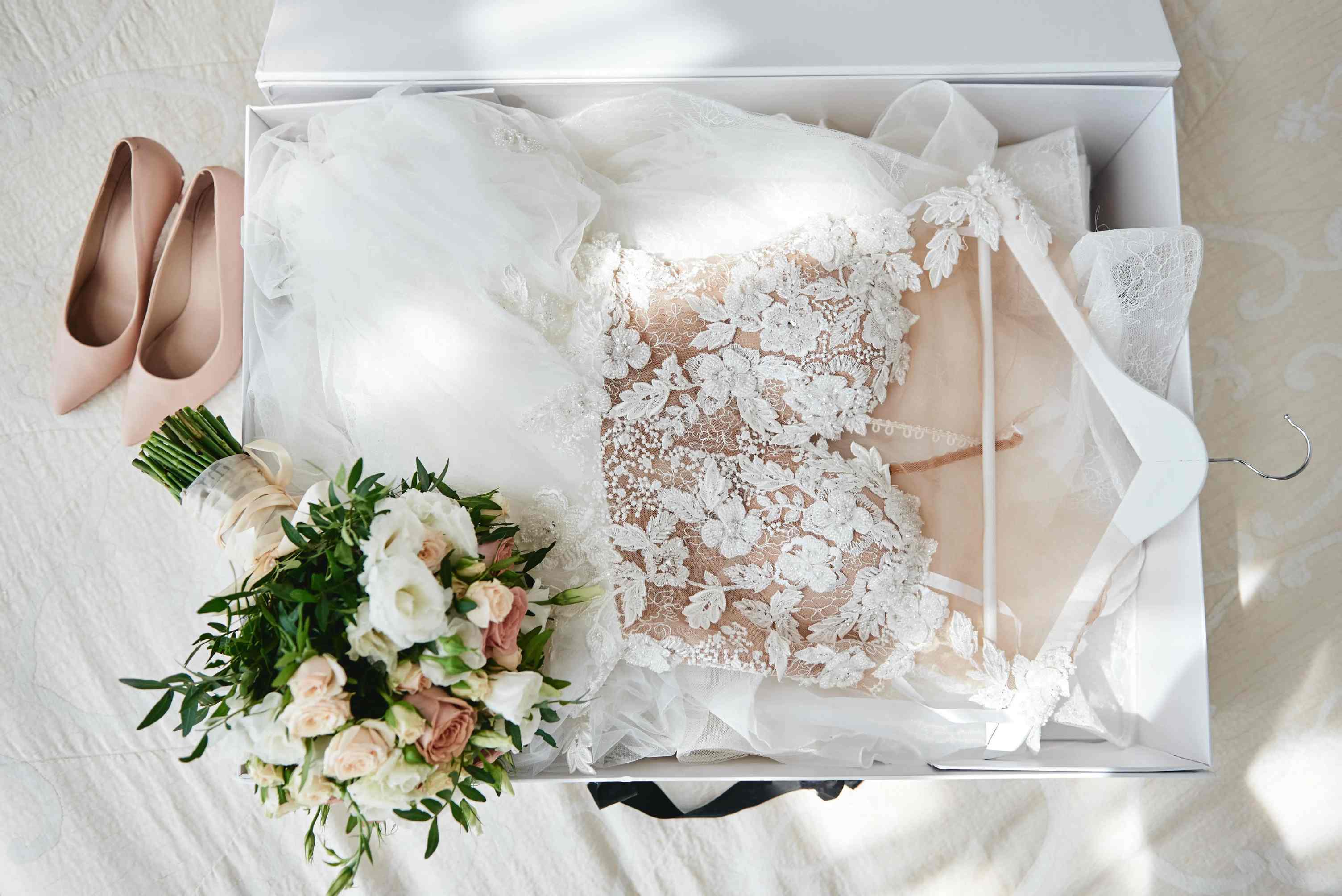

0 thoughts on “How To Store Dress Up Clothes”